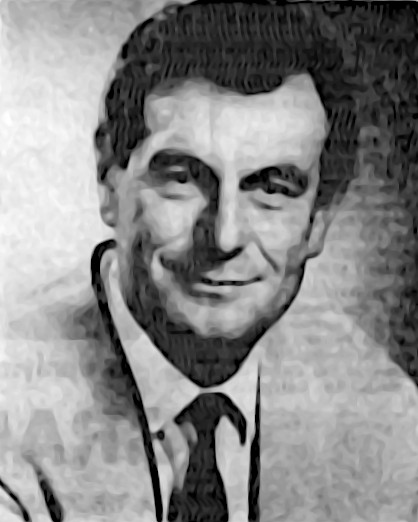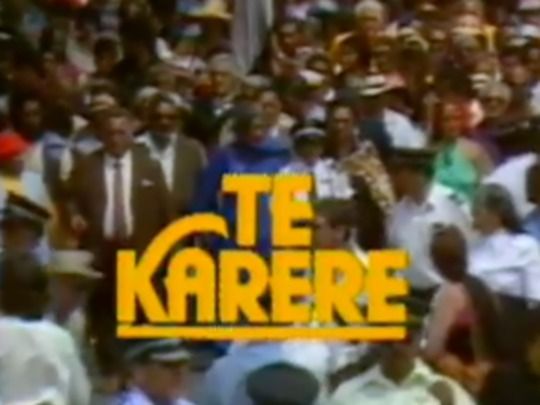People Behind Your Screen (3)
Press, Volume Cx, Issue 32436, 24 October 1970, Page 4
 STAN HOSGOOD, executive producer at CHTV3 for more than two years, was born in Surrey and came to New Zealand in 1961, after 15 years with the Rank organisation, as an assistant director.
STAN HOSGOOD, executive producer at CHTV3 for more than two years, was born in Surrey and came to New Zealand in 1961, after 15 years with the Rank organisation, as an assistant director.
He worked as a junior director on Olivier’s “Hamlet” among many films. “I found it all most satisfying, doing film after film with different directors, and being able to watch the way they work," he said. “The first one I worked on was directed by Sir Carol Reed—and there were some of the world’s best photographers.”
Stan Hosgood began with the N.Z.B.C. as soon as he reached New Zealand, a few months after television had begun. He started by painting sets and scenery, then went on to presentation, the co-ordination of evening programmes.
In 1963 when CHTV3 acquired its mobile unit, he became producer of all outside broadcasts. He also produced some children’s programmes and began a long association with the science programme “In The Nature Of Things” with Ron Walton. The fifth series of this feature will be produced next year; they have all been screened nationally. As executive producer, he is now responsible for the station’s production standards.
Stan Hosgood’s outside interests are in sport, chiefly Rugby football and cricket. That, he says, is why he particularly enjoys outside broadcasts. But “In The Nature Of Things” has given him more satisfaction than any other programme on which he has worked. “This is because it is explaining things which could be complex, very simply” he said.
He did the outside broadcasts in Christchurch for the Royal tour and that was demanding because everyone knew that if there was one mistake a maximum audience would see it.
It was during coverage of the Royal tour that a “wonderful thing happened” he said. “The last thing we had to do was the Show Grounds, and it was pouring with rain. Water got into our equipment, and we were working on only one and a half cameras instead of the scheduled three. It meant we had to ad lib the whole thing, instead of carrying out our planned programme. In spite of this the whole atmosphere of the thing came over.”
Some of the most anxious moments in outside broadcasts come with Rugby tests, he said. Every minute has to be filmed, and the staff keeps its fingers crossed that the equipment is working properly. The video tapes have to be changed at half-time, and there is great anxiety lest the referee should allow something under five minutes for the interval, because it takes about four and a half minutes to change the tapes. In a Lions test at Lancaster Park the referee restarted play after four and a half minutes: but ; that day the crew had really excelled itself in the change-over and had a few seconds to spare.
As a viewer, Stan Hosgood likes “Softly, Softly” and “A Man Of Our Times” best. He is almost a compulsive viewer, he says. If the programme is not interesting as entertainment, the technical side of the production is.
He enjoys his job because one day is never the same as the day before, and it will be different again tomorrow; there are always new problems, new people to be met, new incentives. “It is the challenge of being a professional,” he said. “If something doesn’t go right, you are depressed; if it does, you’re elated. Nothing is ever on a flat keel.
“TV is about people, and people are interesting,” he said. “Cricket is played by 22 men; however much people say Rugby has 15 men a side, it is a game of 30 personalities.”
Stan Hosgood said he looked forward to the advent of colour television, because it will be another new field. He worked in colour in films, and it is an entirely different medium. "It has its snags,” he says. “It needs much more coordination among the technical crews. Colours must not clash. Colour can give the wrong emphasis to something, quite unwittingly. Reds stand out; you have to be aware of the effects of colour on any particular setting.”


Comments powered by CComment